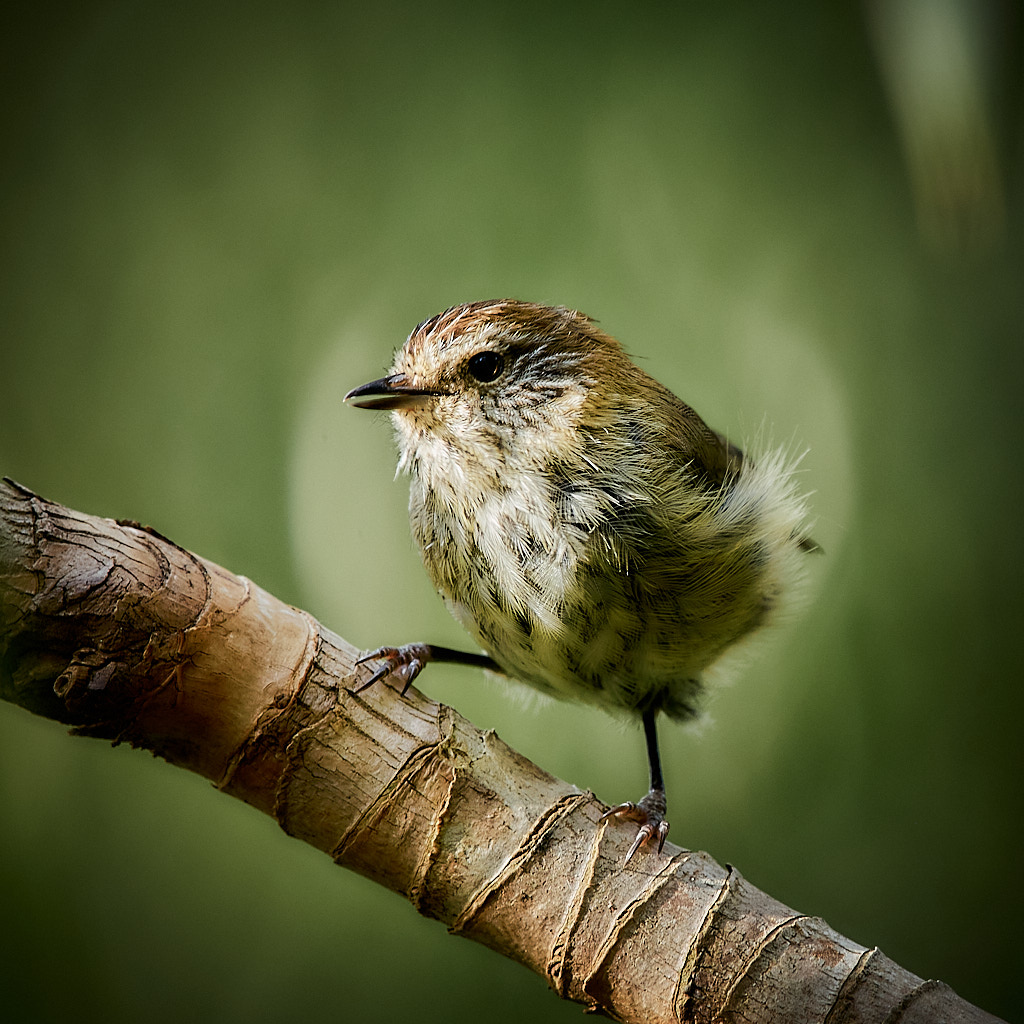Delving into billowing clouds of cotton and thought, where do the textile traditions of birds and humankind intersect?
Birds revere cotton for the same reasons we do and with beak and breast they felt the soft, durable fibres into their nests. Avian or Homo sapiens, we both swoon to swaddle our young in the comforts of cotton. Soft, cool, breathable and absorbent, there is little wonder why we both choose to line our beds with the fibres from these fluffy seed heads.
Archival nest specimens tell us tales that span cultures and centuries.
From bird behaviour to plant ecology, climate change to extinction pressures and adaptation, nests are layered, felted, woven and stitched with ‘textile stories’, capturing both moments in time or as sequences of unfolding events.
Cotton may be King, when it comes to making kings of men, yet often at the expense of others and the environment. Hallowed for being absorbent, yet could the harvests ever hold all the tears shed in terror and toil in those darkest years? Or the litres upon litres of water it takes to grow this thirsty crop? Birds, humankind and our habitats have all suffered at the behest of cotton.
Yet cotton may have redeemed itself a little in the eyes of ornithologists on the Galápagos Islands. For recent studies have shown that in offering up cotton treated with a mild insecticide, this nesting material just may be worth its weight in white gold to fight the parasitic nest fly, Philornis downsi. In a scene akin to a horror film, the fly’s larvae live in the birds’ nests where they feed on the blood of young birds, sometimes sucking the life from an entire brood.With researchers creating permethrin-treated cotton dispensaries, the birds of the Galapagos are now weaving a soft and life-saving bed for their chicks. Of the nests studied, those that contained more than one gramme of permethrin-treated cotton were discovered to be virtually parasite-free.
Cotton can be king, when it comes to saving critically endangered bird species.

